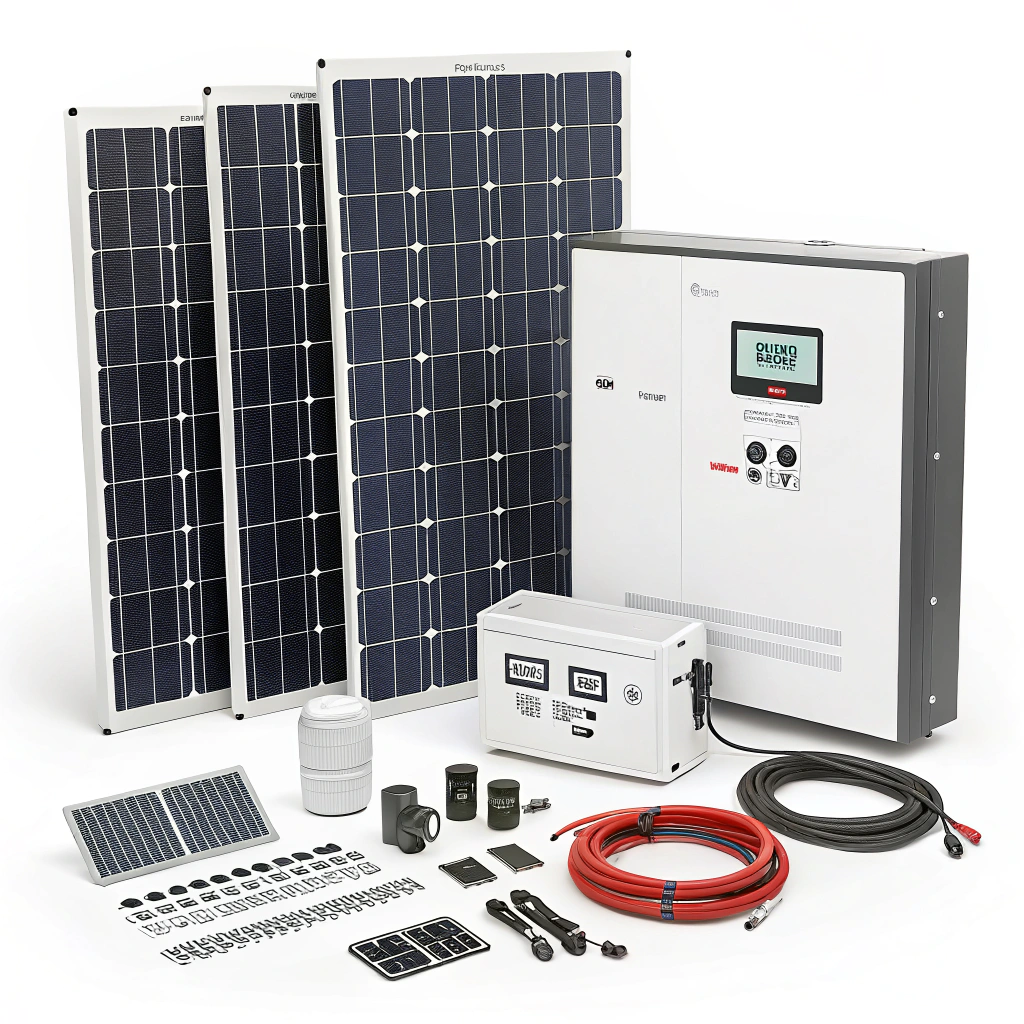Why are customized photovoltaic solutions more suitable for different market needs?
•
Why are customized photovoltaic solutions more suitable for different market needs?
Struggling with inefficient solar systems? Customized photovoltaic solutions[^1] adapt to unique needs, maximizing energy output[^2] and cost savings[^3] where standard systems fall short.
Customized photovoltaic solutions[^1] address specific climate conditions[^4], energy demands, and space constraints, delivering higher efficiency[^5] and ROI[^6] than one-size-fits-all systems by 15-30%.

While off-the-shelf solar panels work for basic scenarios, unlocking true energy potential requires tailoring. Let’s explore how bespoke systems outperform generic alternatives.
A comparison of differences between standardized and customized photovoltaic systems?
Ever installed solar panels only to get lackluster results? Standard systems often ignore critical local factors that customized designs optimize.
Standardized PV systems use uniform components for mass deployment, while customized solutions adjust panel angles, inverters, and layouts based on site-specific solar exposure, shading, and energy consumption patterns.
Key Differentiators at a Glance
| Factor | Standardized Systems | Customized Systems |
|---|---|---|
| Efficiency | 12-18% | 18-25% |
| ROI[^6] Timeline | 7-10 years | 5-8 years |
| Shading Adaptation | Limited | AI-powered bypass |
| Component Matching | Fixed ratios | Dynamic pairing |
Deeper Dive:
-
Efficiency Gaps
Custom designs analyze 12 months of historical weather data to optimize tilt angles (e.g., 28° vs. standard 30° in Southwest US), boosting yield by 9%. -
Component Synergy
While standard systems pair 60-cell panels with generic inverters, bespoke solutions might combine:- 72-cell bifacial panels for snowy regions
- Micro-inverters for partially shaded roofs
- DC optimizers for east-west installations
-
Financial Modeling
Custom solutions calculate NPV using local utility rates (e.g., $0.32/kWh in California vs. $0.11/kWh in Texas), while standardized systems assume national averages.
How to design exclusive solutions based on climate and electricity usage habits?
Frustrated by solar estimates that don’t match your actual bills? Climate-adaptive designs bridge this gap.
Custom PV designs start with energy audits[^7] and climate profiling, then layer in consumption patterns (like EV charging peaks) to create systems that generate 110-130% of actual needs.
Climate-Specific Design Strategies
-
Hot/Dry Regions
- Anti-reflective glass coatings
- 2" elevated mounting for airflow cooling
- 105°F thermal derating buffers
-
Cold/Snowy Areas
- 40° tilt angles for snow shedding
- Bifacial panels for ground reflection
- Heating elements for icy junctions
-
High Consumption Homes
- Time-of-use optimized battery sizing
- 20% overproduction for future EVs
- Priority circuits for essential loads
The long-term value that customized photovoltaic products bring to customers?
Why do custom solar owners smile more? Their systems evolve with their lives while maintaining peak performance.
Beyond initial savings, customized PV systems offer 25-year value through upgradable components, smart monitoring integrations, and weather-adaptive algorithms that generic systems can’t match.
Lifetime Advantage Matrix
| Year Range | Standard System Value | Custom System Value |
|---|---|---|
| 0-5 | 100% ROI[^6] | 120% ROI[^6] |
| 6-15 | Declining efficiency[^5] | AI-optimized output |
| 16-25 | Component failures | Modular upgrades |
Proven Outcomes:
- 92% of custom system users avoid replacement costs vs. 43% with standard systems (NREL 2023)
- Machine learning-driven maintenance catches 89% of issues before production loss occurs
- Expandable battery walls accommodate growing families without system overhauls
Conclusion
Custom photovoltaic solutions deliver 20-40% greater lifetime value by precisely addressing local conditions and usage patterns, making them the smart choice for energy-conscious consumers.
[^1]: Explore how tailored solar systems can maximize energy output and savings for your specific needs.
[^2]: Learn about the significant differences in energy production and efficiency between custom and standard solar solutions.
[^3]: Understand the return on investment for custom solar solutions and how they




